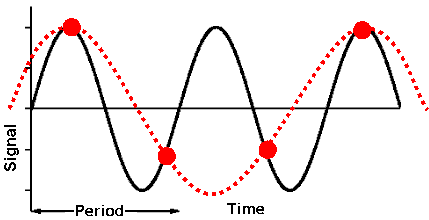ABOUT
How it all started
The idea of creating a recording studio had been in my mind for a long time. However, the lack of a faithful recording format was an obstacle. My searches led me to Merging Technology’s website, where I first became familiar with the DSD format. After the audition, I was absolutely sure that this audio format can also convey the breaths of musicians and the deep ideas of composers.
In 2019, I acquired the first Merging Horus, Sonodore microphones and started recording in cooperation with Estonian Radio sound director Priit Kuulberg.
In our work, we try to record only in live, we do not change the original dynamics or edit the recording. Our focus is on classical and jazz music, where performers must be able to play the entire piece at once.
About DSD (Direct Stream Digital)
Direct Stream Digital (DSD) is a method of capturing (sampling) an analog signal that works in a very different way
from standard PCM (Pulse Code Modulation) sampling methods.
HOW PCM DIGITAL AUDIO WORKS
This is the way we all know how to digitally capture and represent an
analog audio signal. The amplitude of a waveform is captured in slices
thousands of times a second. The amount of times a second the capture is made is based on the sample rate (measured in Hz). By example a 48 kHz sample rate will make an amplitude measurement 48000
times per second.Each of these measurements then has a resolution at which it is made. This is essentially the precision with which the measurement is taken (measured in bits). A 16bit measurement will have a potential of 65535 amplitude positions.
Conversely a 24bit measurement will have a potential of 16,777,216 amplitude positions, which is a huge increase, but still much less than the essentially infinite amount of potential amplitude positions in an analog audio signal.
So, no matter how you cut it, at higher frequencies, you are going to get approximations of the original sound, rather than a “true” representation of what you were trying to capture. It is the higher sample rates which are going to help minimize this fact more and more.
NYQUIST AND THE LOW PASS FILTER
One of the other “problems” with PCM audio is that they all require Low Pass Filter to be implemented before the sampling is made. This is because of the “Nyquist” effect; when sampling audio digitally, if trying to capture higher and higher frequency audio, after a point there will be some audible distortion in the digital copy. This happens because when sampling a signal where the frequency is more than half of the sample rate, the signal gets misrepresented (see image).

In order to work with PCM, there must be a brick wall filter in
place to prevent the higher frequencies to reach the sample
module, otherwise there will be distorted noises in the audible
spectrum.
Half of 44.1 kHz (Red Book, audio CD sample rate norm) is 22.05
kHz, and this is well above the average human hearing range.
But, these ultra-sonic frequencies and harmonics are something
which the human body still “feels” and can make a sound more enjoyable and “real” if they are present.
FREQUENCY RESPONSE: ANOTHER WAY TO LOOK AT WHAT WE ARE CAPTURING
Tonality is not the only thing that we end up hearing in a sound. We also hear ultra-fast, ultra-short noises as “transients”. These are the clicking and popping noises that help us to determine the difference between a piano key being struck and a guitar string being plucked for example. The fret noise and the sound of a fingernail clicking on the strings as it plucks are things we can easily hear in the analog world, but are at such a high frequency that they are very difficult to capture at lower digital sampling rates.
HOW DOES DSD WORK THEN?
DSD is completely different from the method described above. Rather than making detailed amplitude measurements of a number of bits thousands of times a second, it simply records the change in the signals amplitude from the previous measurement in 1 bit (1 for up, 0 for down) MILLIONS of times per second.
Using a negative feedback loop, it can then extrapolate the signal from this binary data by looking at the density of 1’s versus 0’s.
Source: Pyramix manual
Field recording
Most of our recordings take place outside the studio: in churches and halls with suitable acoustics.
Field recording has the following conditions:
– all instruments are recorded at the same time, with the exception of vocals, which can be recorded separately
– the performers play the entire piece of music in one piece, it is not possible to cut and paste after the recording;
– no extraneous sounds, such as street noise, can be heard in the hall;
– the performers must be able to maintain an acoustic balance, for example the volume of the drums cannot be dominant.


